Frederica Freyberg:
More on the state budget now. Specifically, its impact on the state’s land purchase fund known as the Knowles-Nelson Stewardship Program. Marking its 30th anniversary, the program provides dollars to buy land like the land seen here in Dane County known as the Capital Springs Recreation Area. The stewardship fund also allowed the purchase of parts of the Ice Age Trail across Wisconsin and properties that became the Hank Aaron Trail that connects Miller Park with downtown Milwaukee. The program has an expiration date of June, 2020. That’s why Governor Evers says he proposed extending the program for two years with borrowing that amounts to just over $42 million per year. This week, Republicans on the Joint Finance Committee gave the governor what he originally wanted. Evers did change course, seeking a ten-year extension for the program, adding more than $300 million in bonding, but that was voted down along party lines. Jason Stein has researched the stewardship program in his work with the Wisconsin Policy Forum. He joins us now from the state Capitol and, Jason, thanks very much for doing so.
Jason Stein:
My pleasure. Thank you.
Frederica Freyberg:
So, as we’ve said, you’ve done a deep dive on the stewardship program in Wisconsin. How much land in the state is in public hands because of the program?
Jason Stein:
Well, more than 800,000 acres in the state of Wisconsin had been protected either through an outright purchase or through a conservation easement because of the stewardship program over the life of the program.
Frederica Freyberg:
Some conservative lawmakers, as you know, really take exception to the bonding that it takes to acquire all that land. How much does it take in bonding?
Jason Stein:
Well, you look at what the state has made in debt payments over the life of the program, $865 million, and there’s more than $700 million in principal and interest outstanding on stewardship bonds. So it is a significant amount of money when you look at the program over its life.
Frederica Freyberg:
What’s been the trend in recent years of spending on DNR land purchases?
Jason Stein:
So what you see when you look at what the stewardship program is actually spending is that the core state land purchases program for the DNR has fallen last year to its lowest level in the program’s history, at $2.9 million. So there’s been a big decrease in that. And at the same time, it, for the first time last year, was no longer the largest single spending item for stewardship. Instead, it was a development category involving projects on public land.
Frederica Freyberg:
So presumably that kind of trend concerns conservationists who really applaud and support this stewardship program.
Jason Stein:
Sure. On the one hand, you have critics concerned about the debt and land in government hands. And on the other side you see some concern from advocates for the program on the decline in the purchasing power and sort of the core land function of the program over recent years.
Frederica Freyberg:
Where is most of the stewardship land in Wisconsin?
Jason Stein:
So most of the stewardship land that you see purchased is in northern Wisconsin and those northern Wisconsin counties where as much as 50% or more of the land can be held by the state, local governments, mostly counties and the federal government. But you do see some, in dollar amounts, large amounts being spent in southern Wisconsin in counties like Dane as well as Waukesha.
Frederica Freyberg:
Now, it takes that land off the tax rolls, though, but then the state makes up for it?
Jason Stein:
Correct. So because stewardship land becomes public, you no longer have a private owner that’s paying property taxes to local governments like towns, schools and counties. At the same time, the state does make payments to local governments to compensate them for that lost property tax revenue, about $14 million last year.
Frederica Freyberg:
So how does Wisconsin compare to other states when it comes to land purchases for public use?
Jason Stein:
Sure. So Wisconsin’s stewardship program is unique in that it is larger than most other programs in the Midwest, that it groups together different functions in one program that may be split up among different programs in other states. You know, at the same time, there’s also a commitment in other states to do programs like stewardship. Some states use borrowing to fund those purchases and projects, like Wisconsin does. And then some other states have dedicated sources of revenue, whether it’s sales tax dollars or dollars associated with mineral rights, things like that.
Frederica Freyberg:
But, again, Joint Finance just extended this for two years. Presumably that sticks in the larger budget.
Jason Stein:
Right. I mean, given that both the governor and Joint Finance proposed a two-year extension of the program, you would expect that to stick in the state budget as long as the state budget moves forward without a hitch. And so I think that means that this program will sort of remain in the public discussion over the next two years as we talk about, okay, what comes next after that.
Frederica Freyberg:
Right. Exactly. All right. Jason Stein, thanks very much.
Jason Stein:
Thank you for having me. My pleasure, Frederica.
Search Episodes

Donate to sign up. Activate and sign in to Passport. It's that easy to help PBS Wisconsin serve your community through media that educates, inspires, and entertains.
Make your membership gift today
Only for new users: Activate Passport using your code or email address
Already a member?
Look up my account
Need some help? Go to FAQ or visit PBS Passport Help
Need help accessing PBS Wisconsin anywhere?

Online Access | Platform & Device Access | Cable or Satellite Access | Over-The-Air Access
Visit Access Guide
Need help accessing PBS Wisconsin anywhere?

Visit Our
Live TV Access Guide
Online AccessPlatform & Device Access
Cable or Satellite Access
Over-The-Air Access
Visit Access Guide
 Passport
Passport

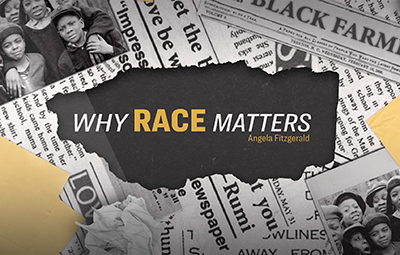



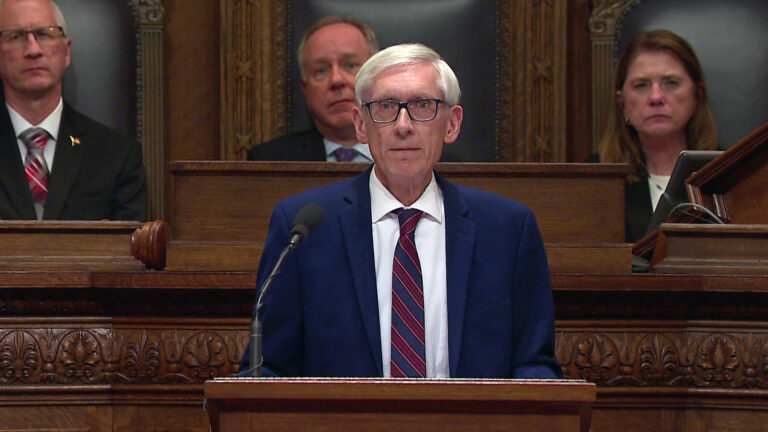

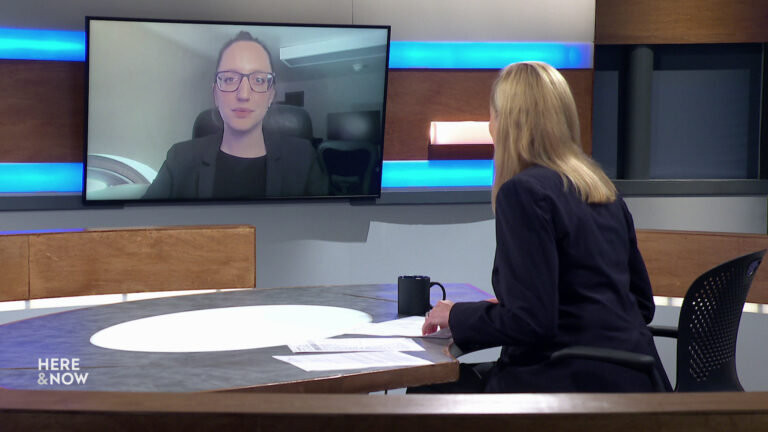
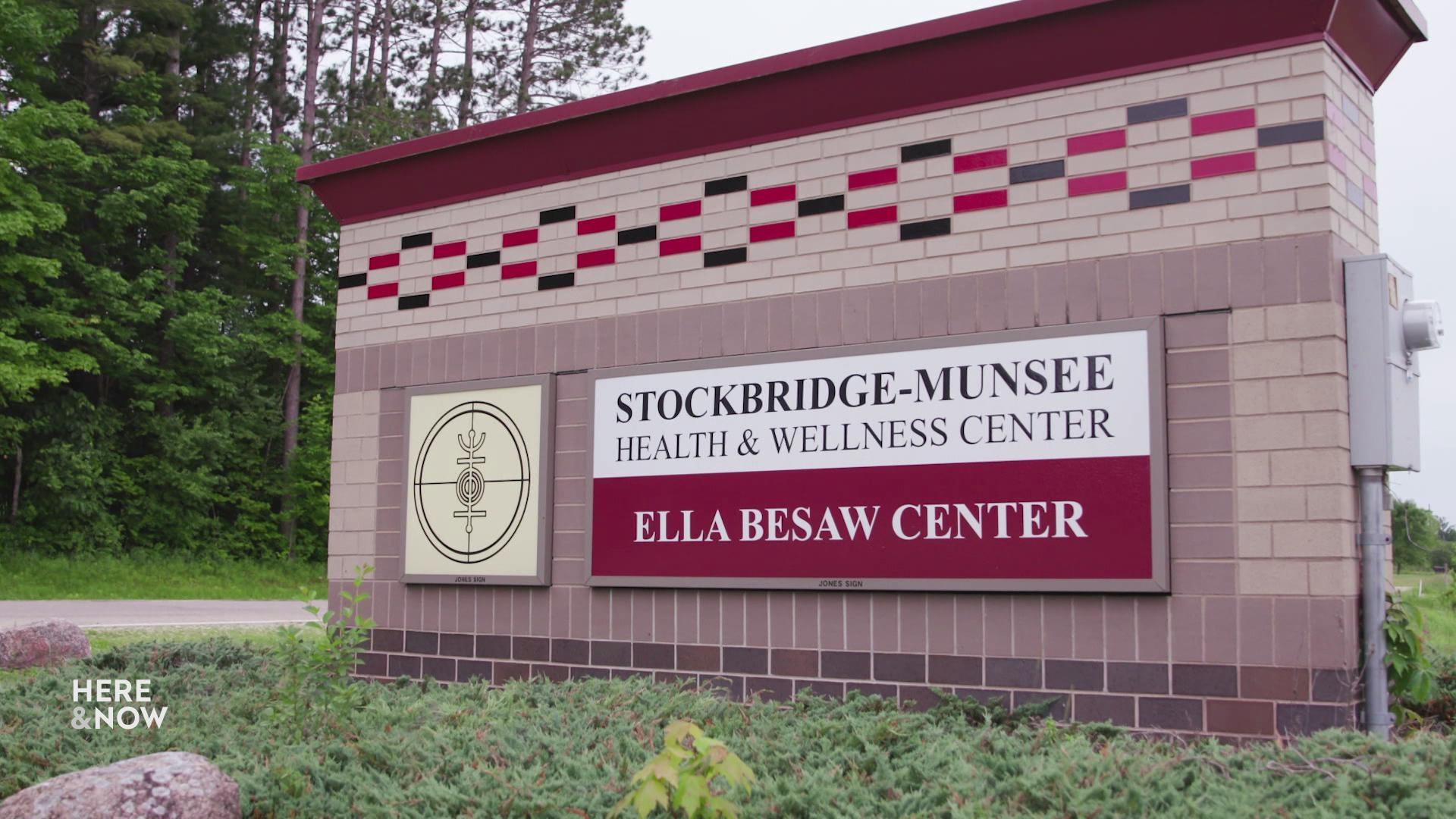
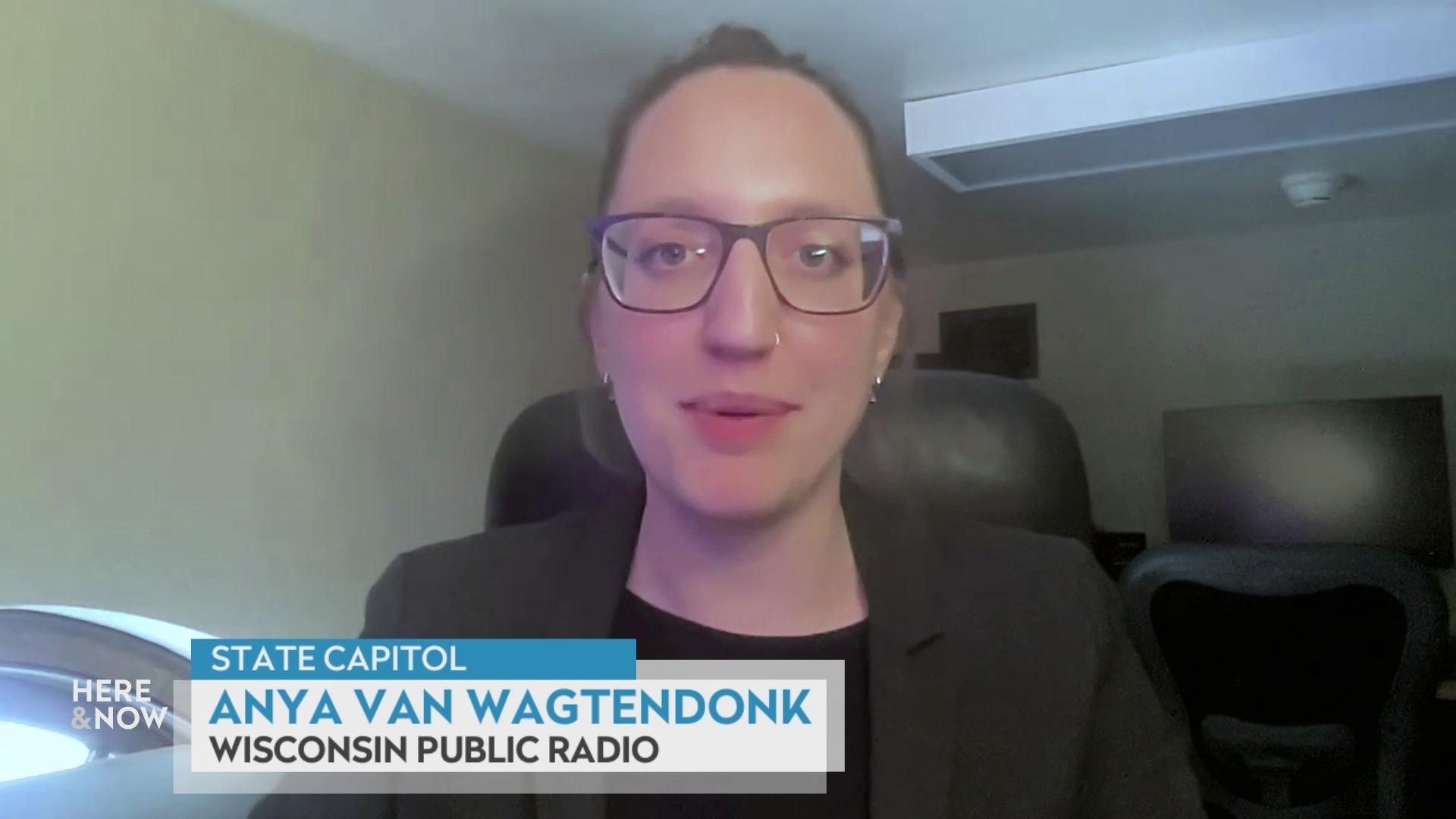
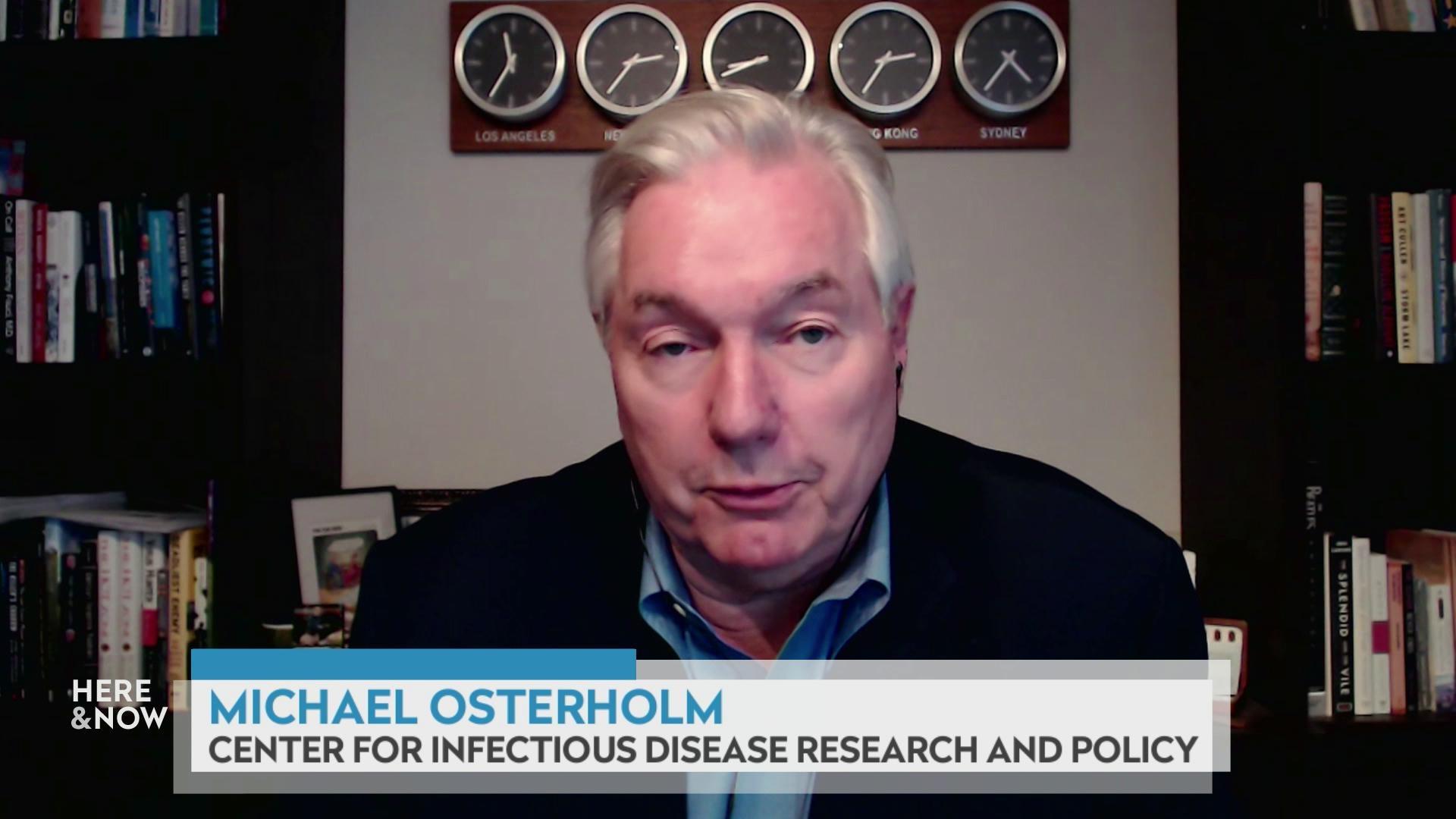

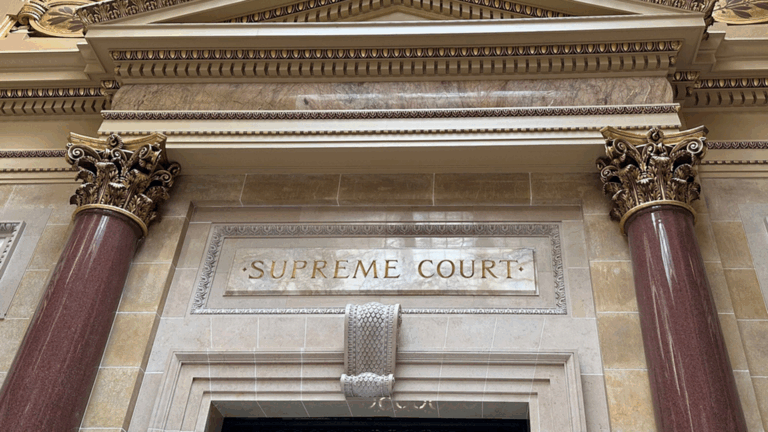
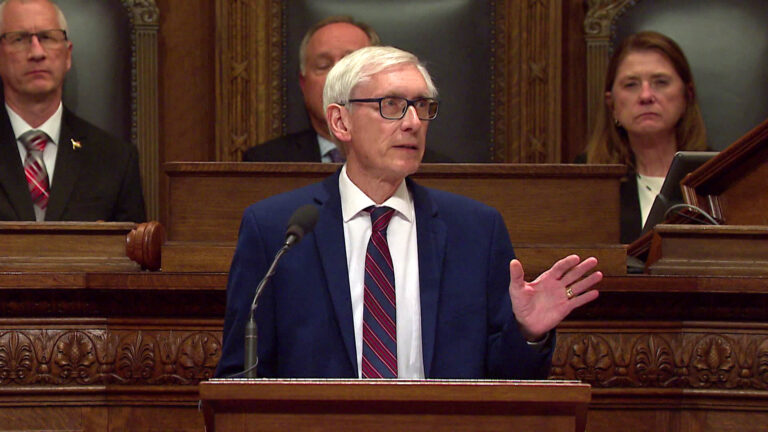
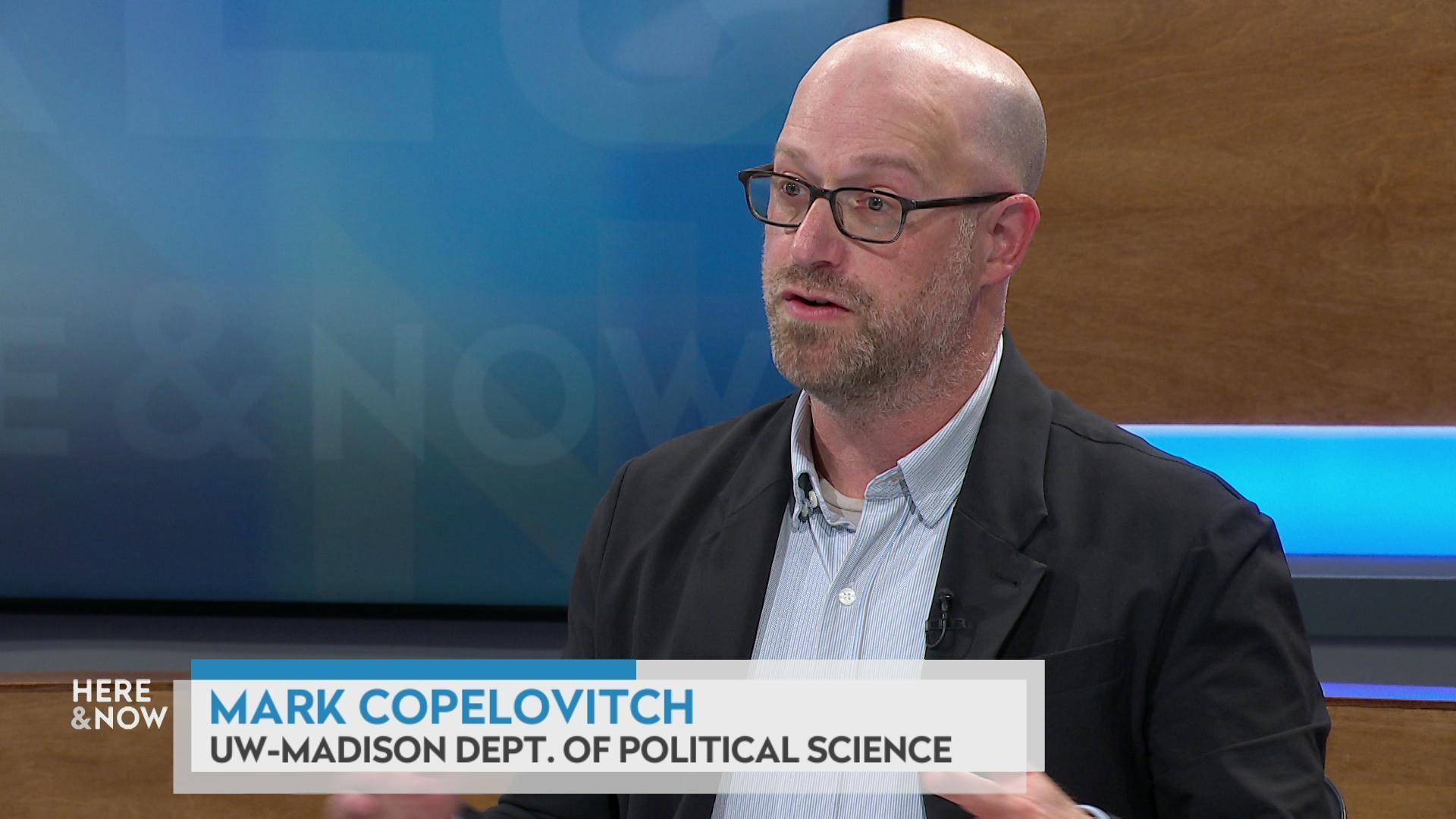
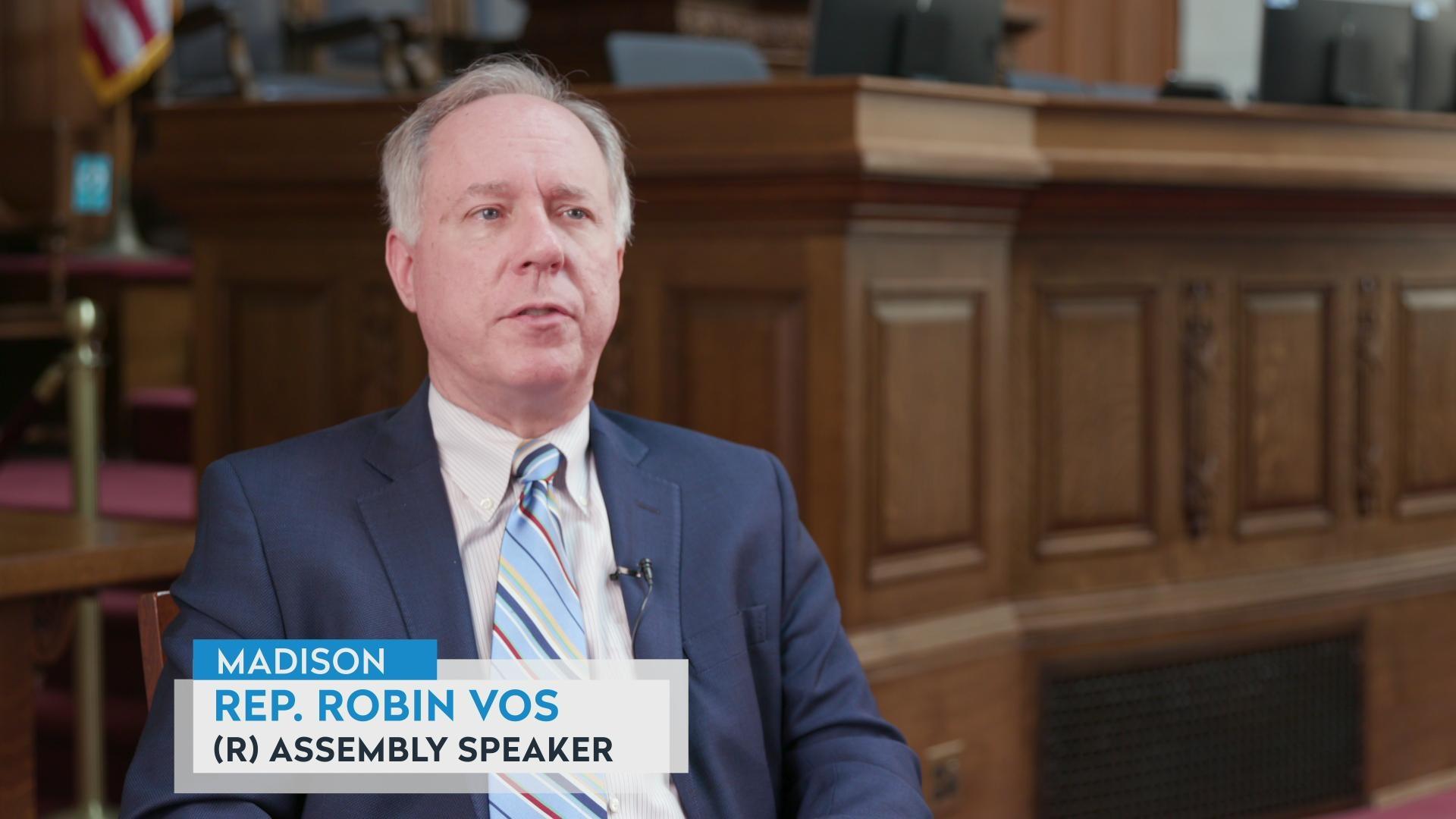
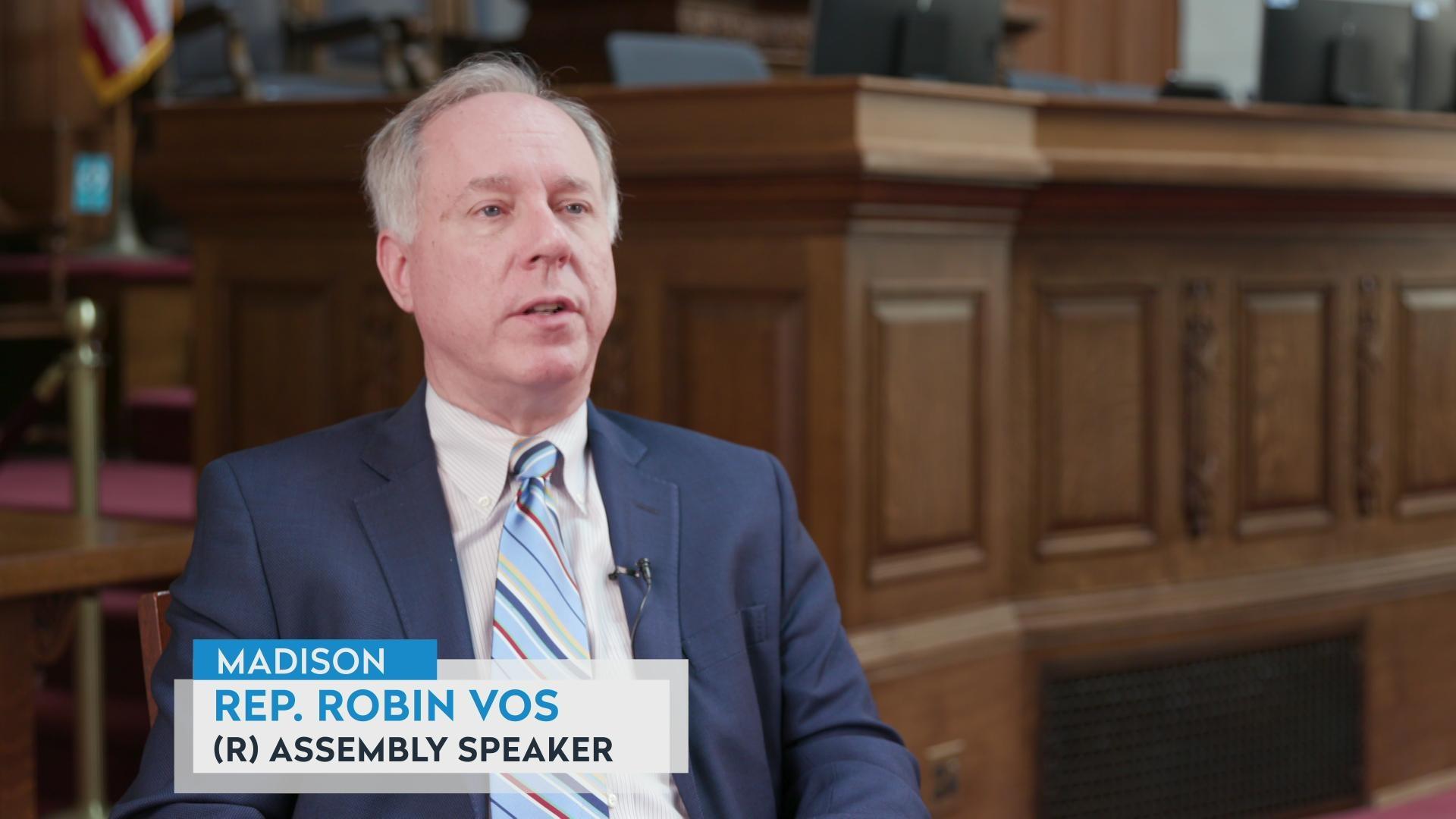

Follow Us